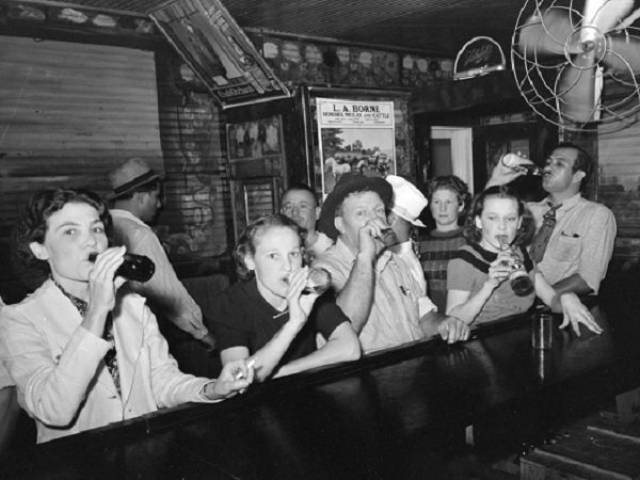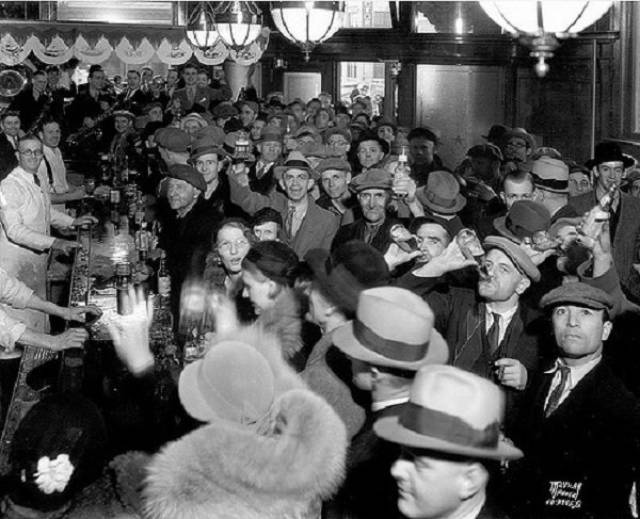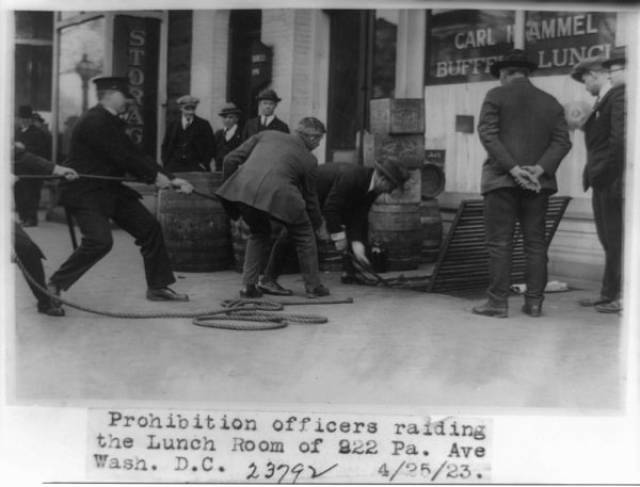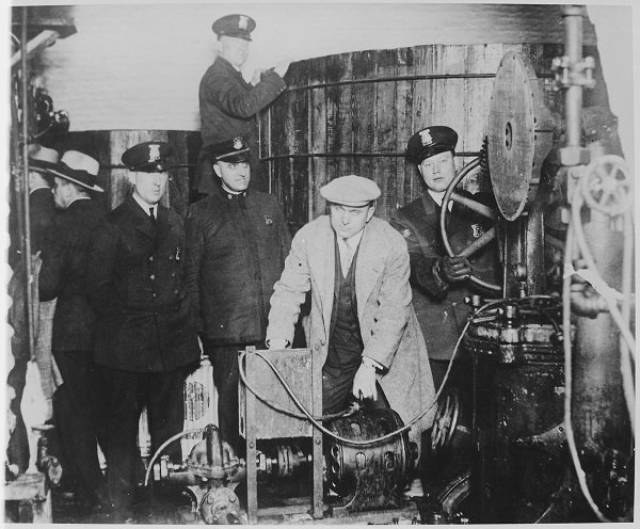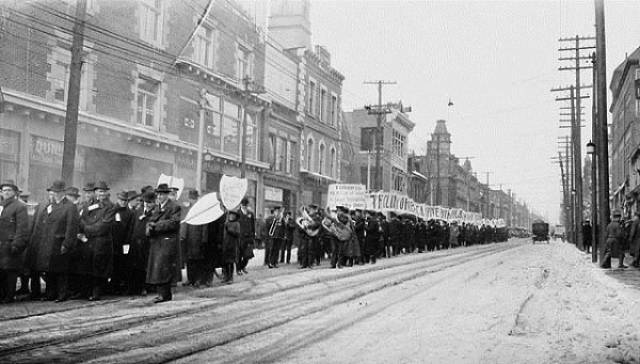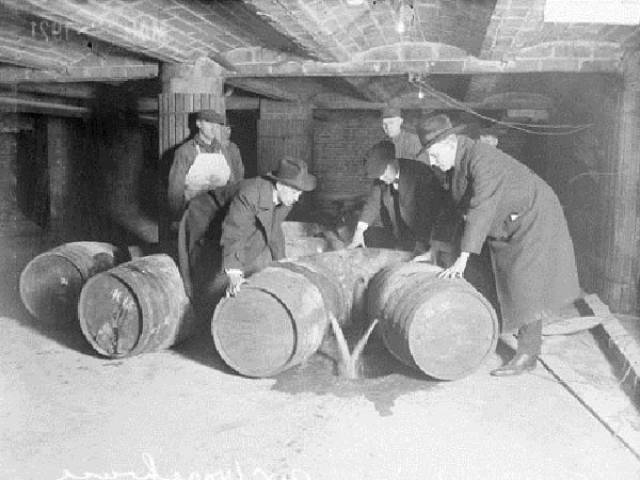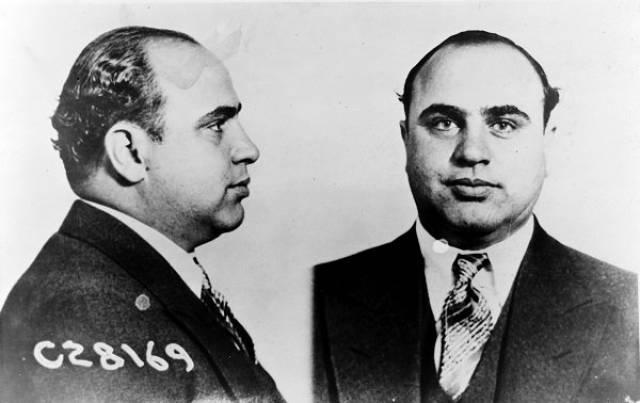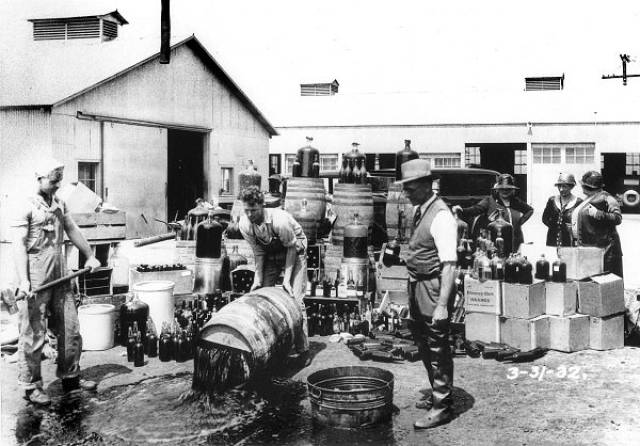Chug-a-lug
The wonderful act that is consuming copious amounts of alcohol was not in fact illegal during prohibition. It was, however, illegal to make, sell, or ship any form of alcohol for consumption. One way that people got their hands on alcohol at the time was by having it prescribed by their doctors for medicinal purposes.
If at first you don’t succeed, try again
The 18th amendment, which outlawed “the manufacture, sale or transportation of intoxicating liquors” took effect on January 17th, 1920. However, this wasn’t the first time that prohibition took over America.
In 1851, Maine legislature passed a statewide law that banned the sales of all alcoholic beverages. After a dozen other states joined in and instilled their own “Maine laws”, riots and widespread opposition caused them to repeal them.
Oh Mary
Maryland refused to enact an enforcement code during prohibition. This gave the state a reputation as the most “anti-prohibition” state in the union.
The WWI influence
World War One actually helped sway the national influence in favour of prohibition. People would argue that the barley used in brewing beer would be put to better use if it were made into bread to feed soldiers. Others had argued that America’s mostly German brewing industry was a threat that brought “German enemies” into the country.
Sneaky sneaky
While most distilleries and breweries had to shut their doors thanks to prohibition, others decided to try their hands at other means of making money. For example, Coors started producing ceramics and pottery. Others decided to get a bit more sneaky, producing “near beer” which was a legal drink that contained less than 0.5% alcohol.
Others got even more creative, creating malt syrup, a legal extract that was made into beer fairly easily if given some time, water, and yeast. “Wine bricks” were similar to malt syrup and were sold by some winemakers who wanted to keep making money.
Password?
Speakeasies became popular during the prohibition era. These were illicit establishments that sold alcoholic beverages. Why were they named speakeasies? They were named so because in order to get into one, you would have to whisper a password or name to get passed the locked door.
Deadly
Thousands of people died as a result of tainted booze. People were so desperate to get their drink on that they would often resort to “bathtub gin” or “rotgut moonshine” which if not made properly could be poisonous.
Al Capone
Al Capone was a famous American gangster who found power during the prohibition era. He was a major player in Chicago and ran a massive empire that stretched all the way to Canada. It is estimated that Al made at least $60 million in 1927 selling alcohol.
It’s still around
To this day, there are 10 states in the U.S.A. that contain counties which prohibit the sale of alcohol.
Freedom!
Prohibition ended on December 5th, 1933. This day was known as “Repeal Day.”

